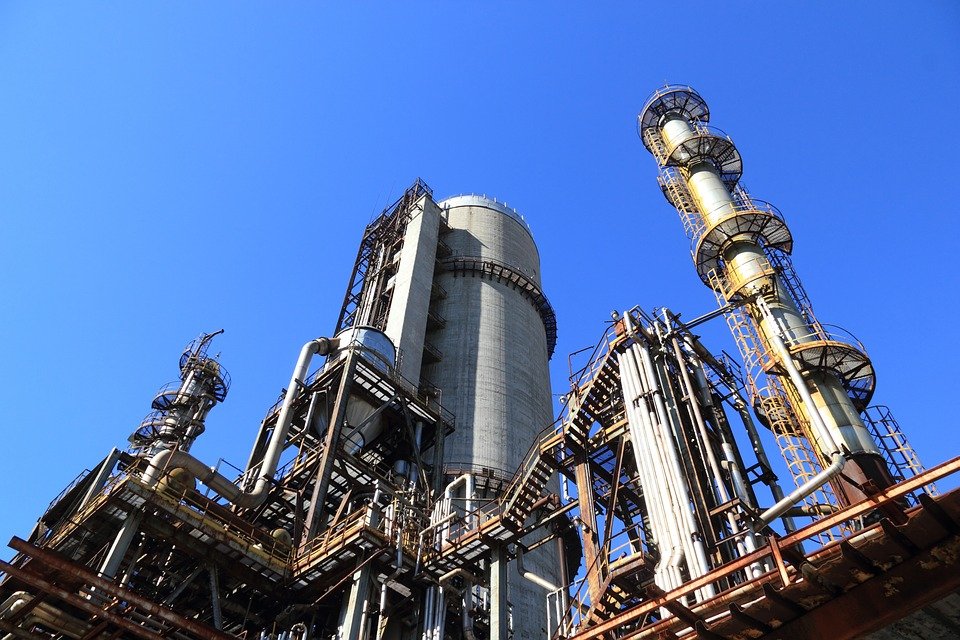What has COMAH ever done for us?

COMAH is often seen as something for large businesses in the chemicals sector to consider. However, its principles can influence continual improvements in other industries. Alan Field explains more.
COMAH is often seen as applying only to the petrochemical sector. Yet it can have a wider application because of COMAH’s wider remit to the storage of hazardous substances and the creation of these through processing.
More than that, looking at COMAH’s principles can influence other organisation’s safety policies.
What’s it all about?
The latest version of the Control of Major Accident Hazards Regulations (COMAH) came into force on 1 June 2015. COMAH 2015 arose as a result of the EU’s Seveso III Directive (2012/18/EU). Just one of the main drivers for this update was the changes in European chemicals classification, which had led to the CLP Regulations (European Regulation No. 1272/2008 on Classification, Labelling and Packaging of Substances and Mixtures).
For those sites that fall under the COMAH Regulations, they fall within the “upper” or “lower “tier classification and the regulatory obligations are wider for upper tier sites. The “Competent Authority” (CA) enforces the COMAH Regulations which, in the case of England and Wales, is usually the Health and Safety Executive (HSE) and the Environment Agency (EA). (In Scotland and Northern Ireland, the CA is constituted differently).
The CA has been discussing with COMAH operators how the changes in chemical classifications will change their tier status and, indeed, a small number of lower tier sites may become no longer under come under COMAH, due to the CLP. In other words, substances and their inventories are very important.
Also, COMAH isn’t just about safety – it also aims to prevent pollution and wider impacts on the environment from incidents originating at COMAH registered sites.
Sigh of relief?
Some readers may say to themselves. Phew. My business doesn’t come under COMAH. Yet the COMAH requirements have a number of interesting outcomes that could influence other organisation’s policies..
Firstly, COMAH requires more of a focus towards emergency planning than general health and safety law. This can have a direct linkage to business continuity planning (BCM). I f one looks at the HSE’s advice, for example, on the emergency planning processes required for COMAH, there are a number of helpful ideas to consider for all types of businesses (see http://www.hse.gov.uk/comah/guidance.htm)
COMAH also requires co-operation between neighbouring sites on matters such as emergency planning. If you don’t know what processes your immediate business neighbours have -or what might be lurking in their warehouse – then asking them might provide useful safety or wider BCM for any size of business. This is especially so for those located on one of the multitude of small industrial estates with only one way in and the same way out. Neighbours may not want to their share risk information, of course, but you don’t know until you ask. Besides, they might be wondering what your site is getting up to as well.
Another COMAH requirement is for site operators to share information with the public about potential of site risks from their site. This is both business and residential neighbours within a defined area, normally referred to as a PIZ (Public Information Zone). The truth is that that you don’t need to be a COMAH registered site to generate at least some offsite health and safety risk e.g. fire, explosion or release of toxic fumes. Keeping neighbours informed of risks can be made part of corporate social responsibility approach.
Conclusion
Virtually all health and safety regulations are based on common principles. It one can read beyond the sector specific or technical details, any number of useful ideas and enhancements for more general applications can often be found.
Alan C. Field MA is a freelance author and editor for a wide range of business publications. He is also an experienced Lead Assessor and consultant for risk and integrated management systems. Alan is a Chartered Quality Professional as well as having qualifications in health and safety, fire safety and environmental management. Alan can be contacted at [email protected]
What has COMAH ever done for us?
COMAH is often seen as something for large businesses in the chemicals sector to consider. However, its principles can influence
Safety & Health Practitioner
SHP - Health and Safety News, Legislation, PPE, CPD and Resources
Related Topics
Horticulture company fined after lorry driver suffers life changing injuries
Director jailed for failing to protect workers from asbestos exposure
Company fined after worker fractures skull

